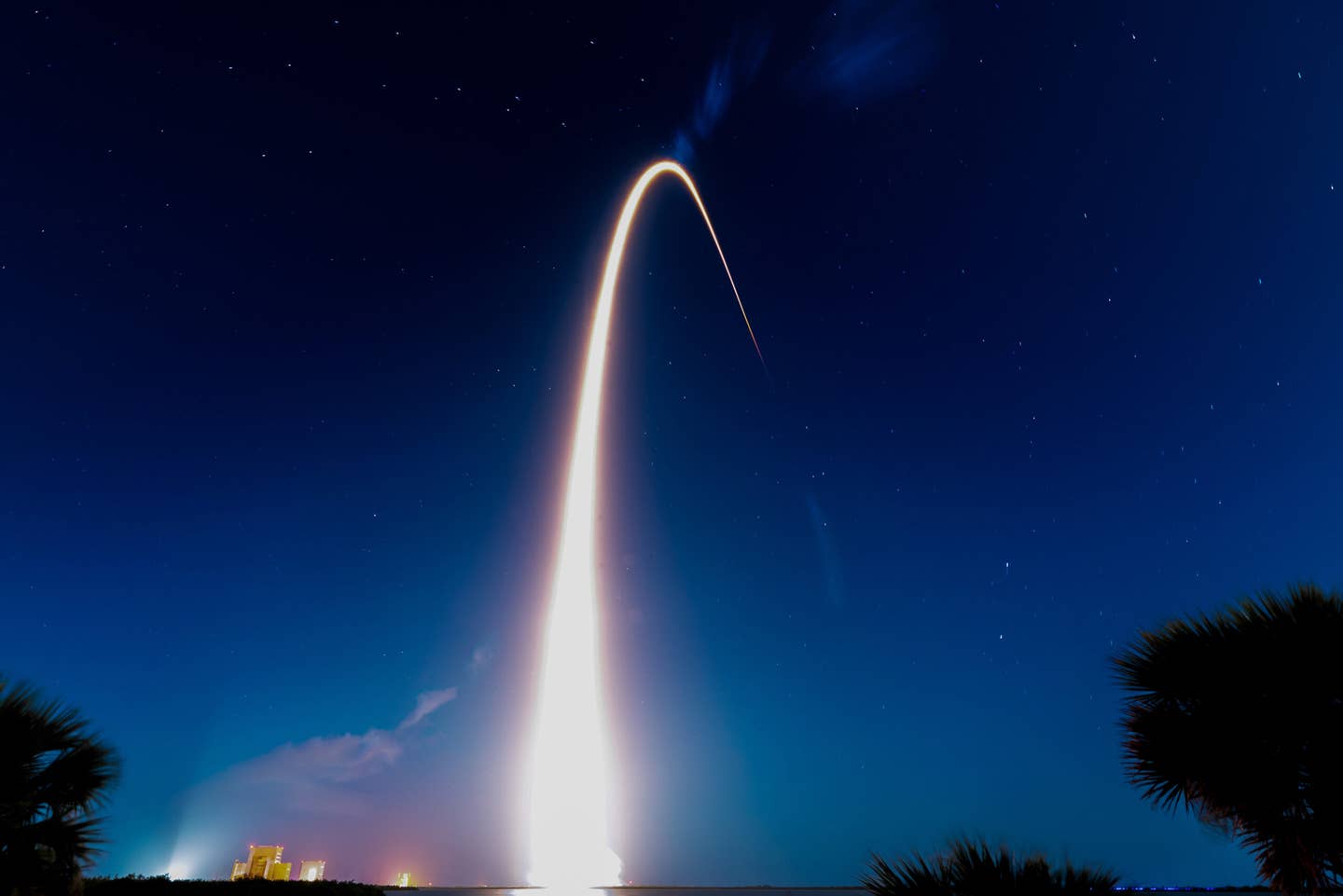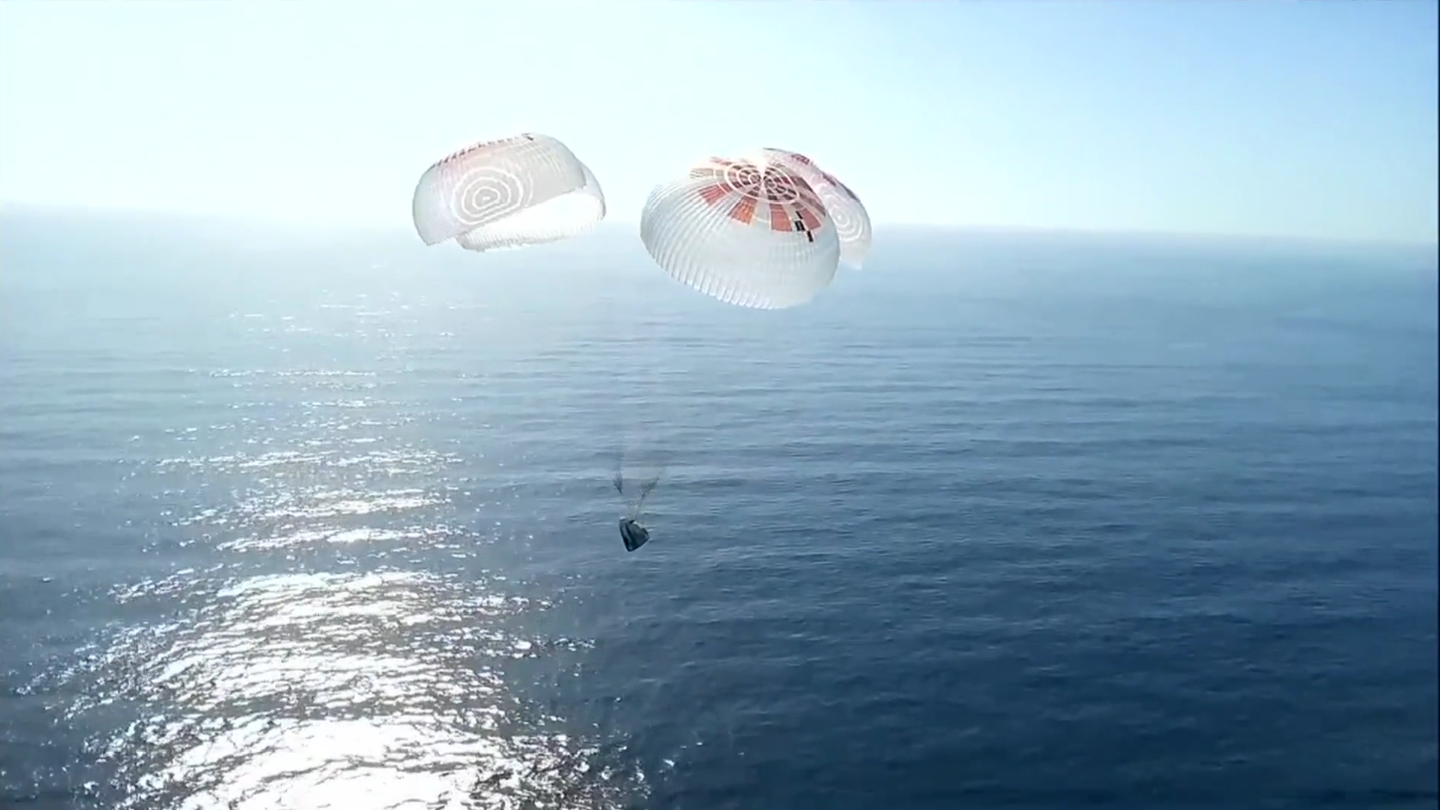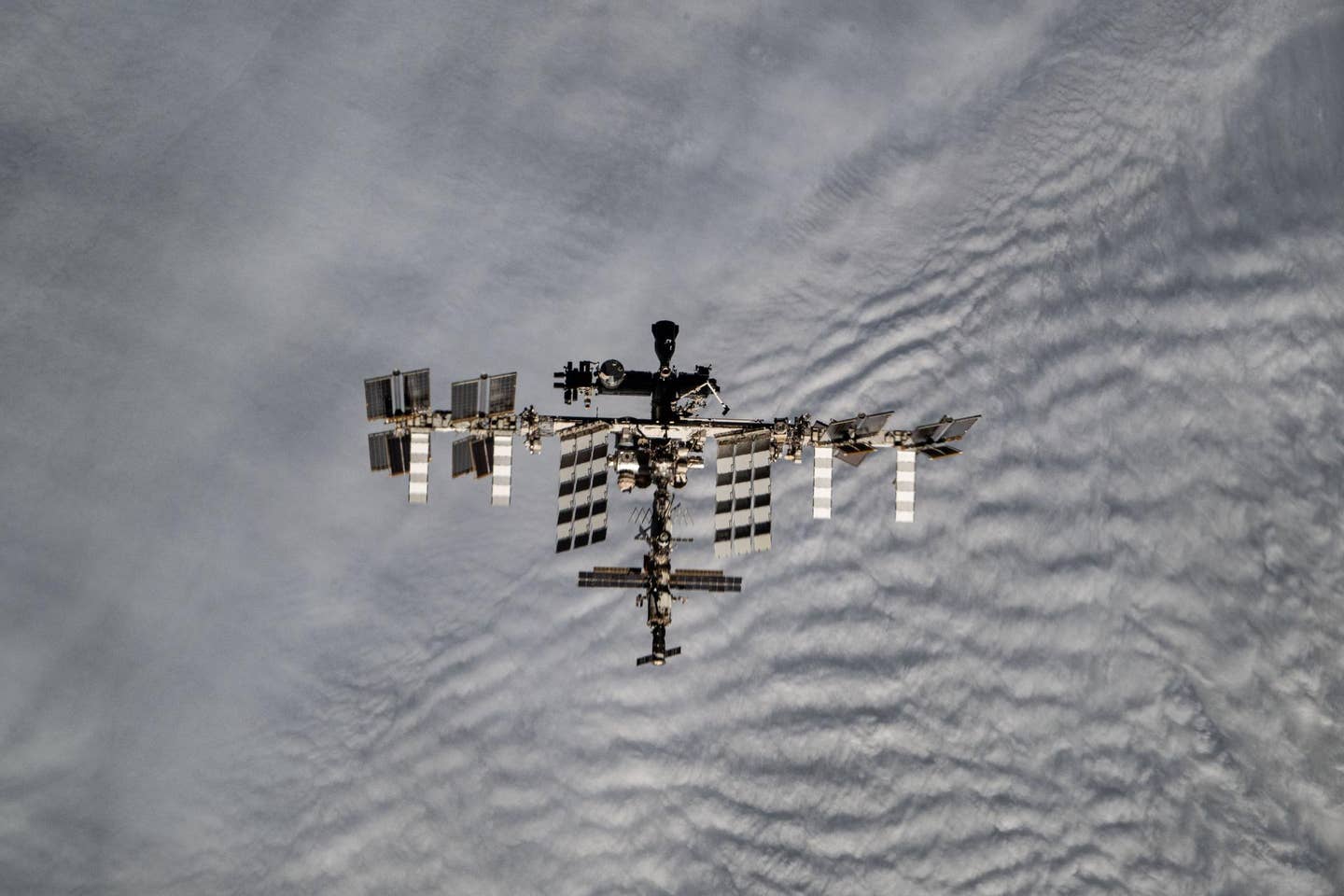Artemis Launch Scrubbed
The third time was not the charm for NASA, as the September 27 launch for the Artemis I rocket and Orion spacecraft has been scrubbed as Hurricane Ian approaches Florida.

NASA scrubbed the scheduled launch of the Artemis I uncrewed flight test around the moon. [Courtesy: NASA]
The third time was not the charm for NASA, as the September 27 launch for the Artemis I rocket and Orion spacecraft has been scrubbed as Hurricane Ian approaches Florida.
Although the storm is not expected to make landfall until Thursday, the wind and rain in the outer bands of the hurricane could create issues for the rocket, which was slated to launch from Kennedy Space Center in Florida.
According to the NASA blog: "During a meeting Saturday morning, teams decided to stand down on preparing for the Tuesday launch date to allow them to configure systems for rolling back the Space Launch System rocket and Orion spacecraft to the Vehicle Assembly Building."
NASA planned for the September 27 launch before Tropical Storm Ian—which evolved into Hurricane Ian—had formed in the Atlantic.
Two previous launch attempts were thwarted because of mechanical issues.
Artemis I was supposed to head into space in late August, but problems with one of the rocket's four engines, and a later hydrogen fuel leak, pushed the date back. The tank was resealed and tests revealed it was sound.
Moving the Artemis space launch system from the pad back to the Vehicle Assembly Building is neither quick nor easy. The rocket weighs approximately 18 tons and measures 322 feet tall—for reference, the Statue of Liberty measures 305 feet tall. During the relocation process the mover travels at approximately 1 mile per hour. The journey takes 8 hours one way.
The next potential launch window, according to NASA, is October 2.
Mission Details
Whenever it manages to successfully lift off, plans call for a 42-day, 1.3-million-mile flight test mission. The Artemis I Orion spacecraft is expected to spend six days in lunar orbit, gathering performance data and testing systems. NASA has said it plans to push the uncrewed spacecraft beyond its design limits. If all goes as planned, the Orion capsule will eventually return to Earth with a splashdown in the Pacific Ocean off San Diego.
What’s at Stake
There’s a lot more than history riding on Artemis I. Some of the aerospace industry’s largest corporations have a big stake in the mission’s success, as well. Honeywell (NASDAQ: HON) manufactured the guidance and navigation systems aboard the spacecraft in addition to core flight software, command data handling, and displays and controls. Lockheed Martin (NYSE: LMT) is the prime contractor for Orion. Boeing (NYSE: BA), Aerojet Rocketdyne (NYSE: AJRD), and Northrop Grumman (NYSE: NOC) are prime contractors for the SLS.
The Artemis missions are NASA's plans for returning to the moon after a 50-year hiatus.
The Artemis I mission will lay the groundwork for the first crewed mission of the program: Artemis II, which will take a crew of four astronauts to orbit the moon as early as 2024. Artemis III will feature a moon landing.

Sign-up for newsletters & special offers!
Get the latest FLYING stories & special offers delivered directly to your inbox






